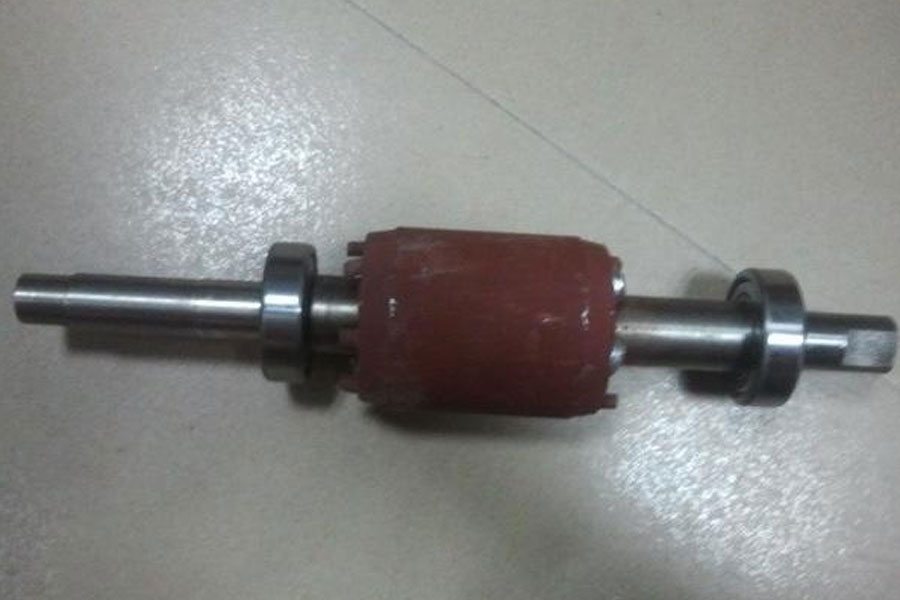The basic parts in the castings of CNC lathes are all box-shaped structures, and many reinforcement ribs are added, which makes the shape of the castings more complicated. When casting, more cores are required, and core supports are often used to fix the cores. The gas generated by the cores during casting is also difficult to exclude, and defects such as porosity and sand holes are easily generated.
Some parts on the casting, such as the guide rail surface, shaft hole and T-groove, are thicker. In addition to shrinkage and shrinkage, the mechanical properties of the cast iron are more sensitive to the wall thickness, which makes the organization there Lupine, thick graphite, low hardness, not wear-resistant. When the thickness of these parts is too large from the surrounding connecting wall, cracks and other defects are easy to occur. Some castings subjected to oil pressure and cutting fluid pressure are required to have high air tightness and no leakage is allowed. Due to the development of cutting processing in the direction of automation, high speed and powerful cutting, the emergence of CNC lathes has caused some changes in the structure of machine tool castings and brought some casting process problems.
How is the bed casting structure of CNC lathe made?
The casting of CNC lathe bed is the same as the general cast iron. Here we will talk about the casting industry. A complete machine tool needs to be assembled from rough to finished and then debugged and assembled. Starting from, the machine tool equipment is different from the ordinary inspection and measurement castings. The selection must not be sloppy. It must be selected from the authentic resin sand high-strength HT250-300 material casting. The casting quality of the bed casting must be carefully controlled in the quality of the mold, and a little overwhelming will cause casting deformation and fracture.
Everything is ready to wait for the casting material in the fire furnace to dissolve and pour into the model. After the model disappears and melts and cools, a machine tool bed casting blank is completed. Wait for a variety of processes, and finally carry out manual leveling and precision plane leveling calibration, so that the basic process is completed, the rest is to find a technician to carry out assembly and debugging for grinding and trimming, and no one machine tool can fall from the casting to the assembly process. Only the products in the hands of customers can be guaranteed.
